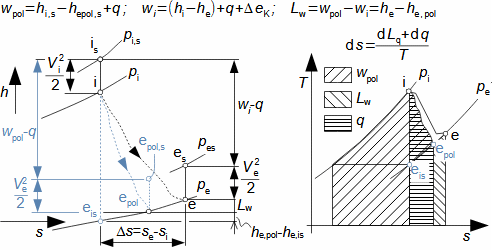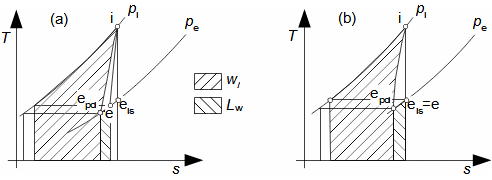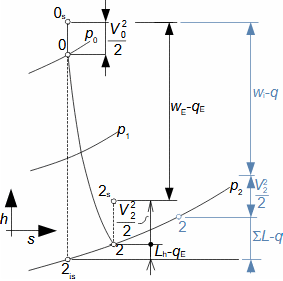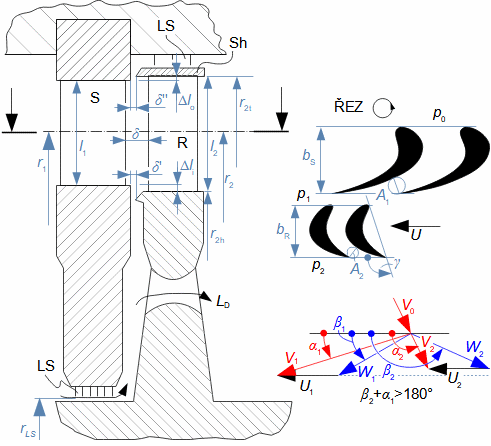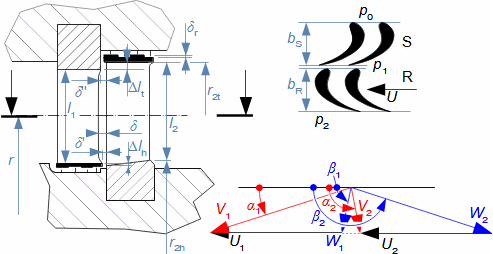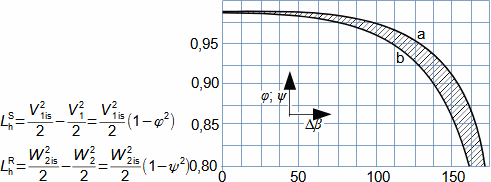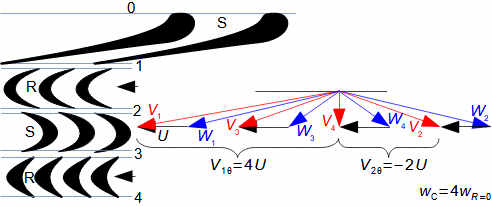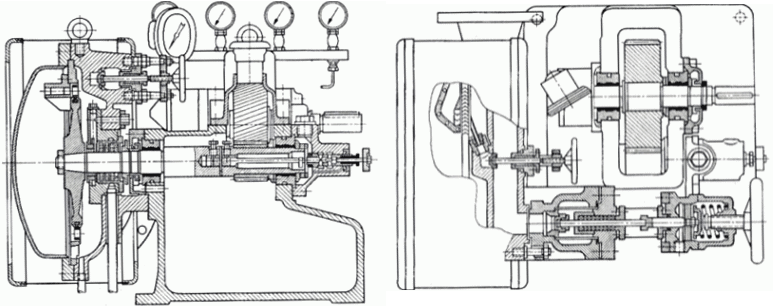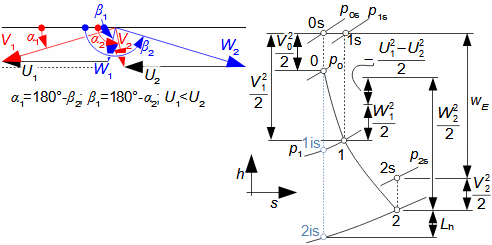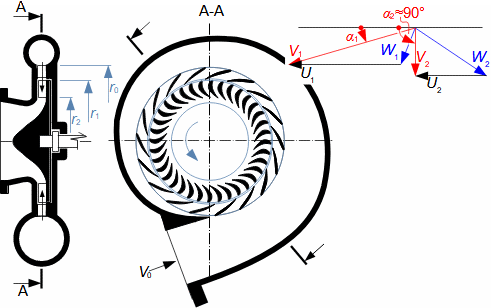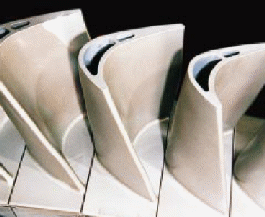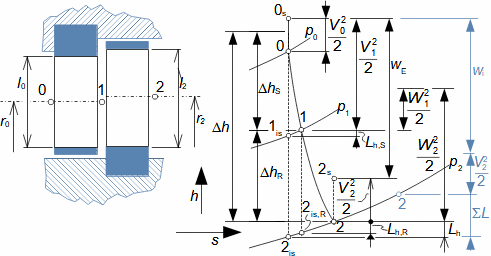Expansion in heat turbineGas expansion in turbines smoothly transforms internal thermal, pressure, kinetic, and potential energy into work. Density and temperature change, necessitating knowledge of h-s and T-s diagram design for energy balance calculation. Usually the expansion is associated with high temperature, at least at the inlet this puts additional special requirements, this time on the blade materials and their cooling. Adiabatic expansionOutlet velocityComparative change1.In adiabatic expansion, isentropic expansion serves as the ideal comparative change, identifying losses. In ideal expansion, the same exit velocity is usually expected as in actual expansion. This means that the real machine must have larger flow areas than the ideal machine because the loss heat increases the specific volume of the working gas. Heat transferThe adiabatic expansion computational model is used in cases where the turbine is not expected to have a significant heat transfer to the surrounding, even if the temperature of the expanding gas is higher than the surrounding temperature, but they are also well thermally insulated and the expansion is too fast to have a significant heat transfer effect on the expansion. Re-usable heath-s diagramT-s diagramInternal losses1.Internal work1.Loss heatA characteristic feature of expansion in a heat turbine is also the so-called re-usable heat Δ. This is a part of the loss heat ([Škorpík, 2024]) generated by dissipation of energy Lq, which was transformed into internal work in another part of the turbine. Figure 1 shows an example of expansion in a turbine or in a single stage in the h-s and T-s diagrams. While in the h-s diagram only the internal losses as a whole can be identified, in the T-s diagram the individual types of losses can be identified. 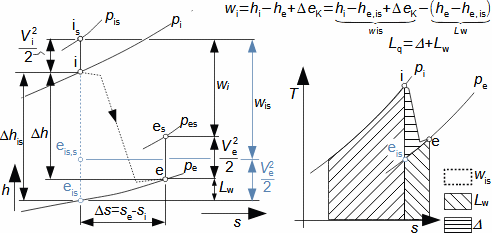 1: Internal work of heat turbine at adiabatic expansion in h-s and T-s diagrams |

